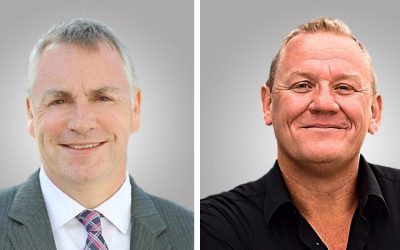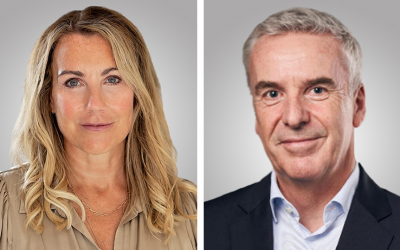“It’s not how much money we make that ultimately makes us happy between 9 and 5. It’s whether or not our work fulfils us.” So says author Malcolm Gladwell. And 2 years post-pandemic, this rings truer than ever.
Wellbeing was one of the key priorities for leaders identified in our Leadership in the Pandemic white paper, with respondents recognising that the greater focus on employees’ mental and physical health due to COVID-19, was a long-lasting trend. The pandemic meant it was easier to become familiar with staff’s wellbeing needs, with one respondent noting, “our leadership team have also needed to be far more tuned into the wellbeing of our people than ever before.”
Whilst the pandemic may have shined a light on the importance of wellbeing at work, leaders face challenges to ensure wellbeing doesn’t fall by the wayside as we get back to ‘normal’ and how to deal with a workforce still struggling with the stresses and strains of living through a pandemic.
At Merryck, we have long recognised the benefits of taking a holistic view of leadership challenges and this includes not just examining a company’s culture and how it supports its workforce but looking at the leaders themselves and how they live their lives. One of the most powerful things a leader can do is lead by example. Post-pandemic we’re in danger of seeing businesses slip back into old habits. Understandably, throughout the pandemic, more of a focus was put on a healthy work life balance when we were living under restrictions and many of us were at home for large chunks of the day. Just because freedoms have been restored, doesn’t mean employees don’t need reminding that they can, and should, take breaks to focus on their physical and mental health. Seeing their manager doing the same (and talking about it openly) helps to foster a strong and open culture.
Similarly, leaders need to focus on fostering an open environment which creates psychological safety. Businesses of all types benefited from ingenuity and quick-thinking from employees during the pandemic. This shared experience also meant barriers were broken down and some people felt more comfortable speaking about personal matters. As these feelings of fear subside post-pandemic, leaders should be looking at how to maintain this openness. From a practical perspective, a hybrid workforce means this sense of psychological safety needs to be felt both off and online. For example, feeling comfortable contributing to a big meeting will differ from person to person depending on if this meeting is online or in-person.
As Gladwell notes, fulfilment is also going to be a key issue for workforces as we leave the pandemic behind. Much more attention will need to be placed on the purpose of the organisation and its wider societal role, as employees will, for a period at least, have options as to who they work for and why. The pandemic has left many questioning the bigger things in life and working for or with an organisation with real purpose is moving higher and higher up people’s priorities list. This will continue to grow in importance for both retaining employees and attracting new talent. It’s no longer about delivering short-term gains but looking longer-term and investing in making a positive impact on the wider world.
Truly understanding your team’s wellbeing needs and how to respond is going to be key for leaders going into 2022 and Merryck is already equipping leaders with the support and mentoring required to take on this next challenge.




